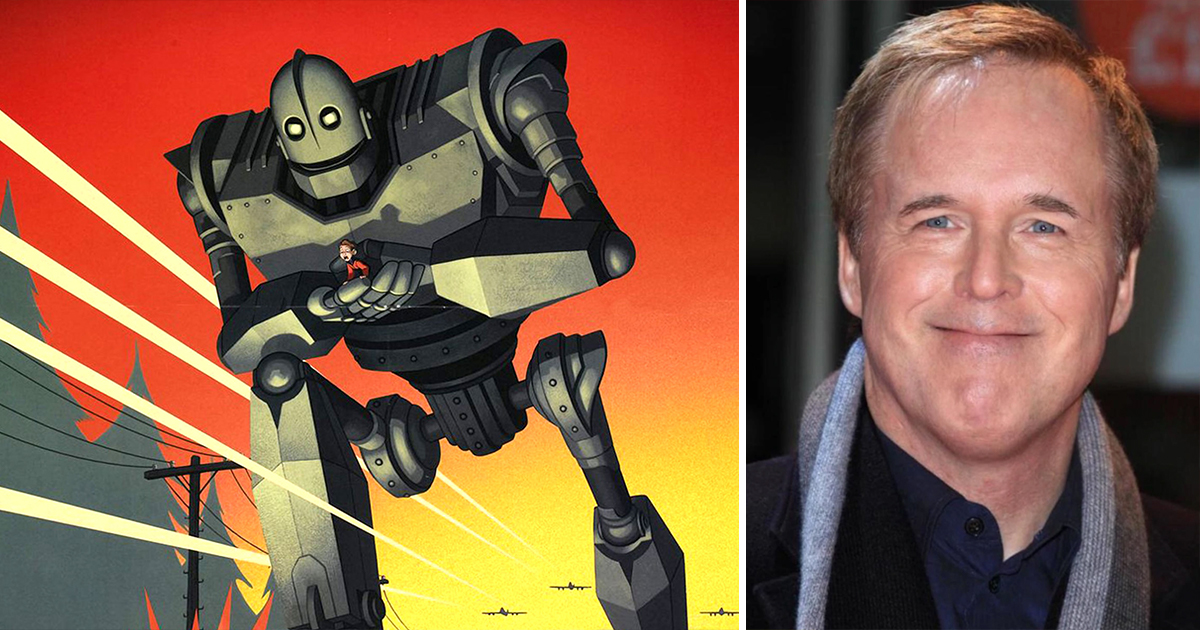It’s somewhat disappointing that more than two decades into the 21st century, we still don’t see many robots in day-to-day life (and don’t even get us started on the lack of flying cars and jet-packs). Still, while we might not see many cybernetic friends on the street, there are plenty to be seen in the movies – good and bad. Here’s our pick of the big screen robots that deserve to be plated in platinum, and the ones that belong in the recycling.
Best: RoboCop

Introduced in 1987’s darkly funny sci-fi action classic of the same name, RoboCop is surely one of the most awe-inspiring robotic creations ever to grace the screen.
[rtk_adunit_top]
Built from the near-dead remains of Detroit cop Alex Murphy, he’s a cybernetic police officer with a zero-tolerance policy on crime.

The character’s eye-catchingly sleek design has a lot to do with RoboCop’s enduring appeal.
[rtk_adunit_middle]
However, we can’t overlook the importance of actor Peter Weller’s magnetic performance under the helmet.
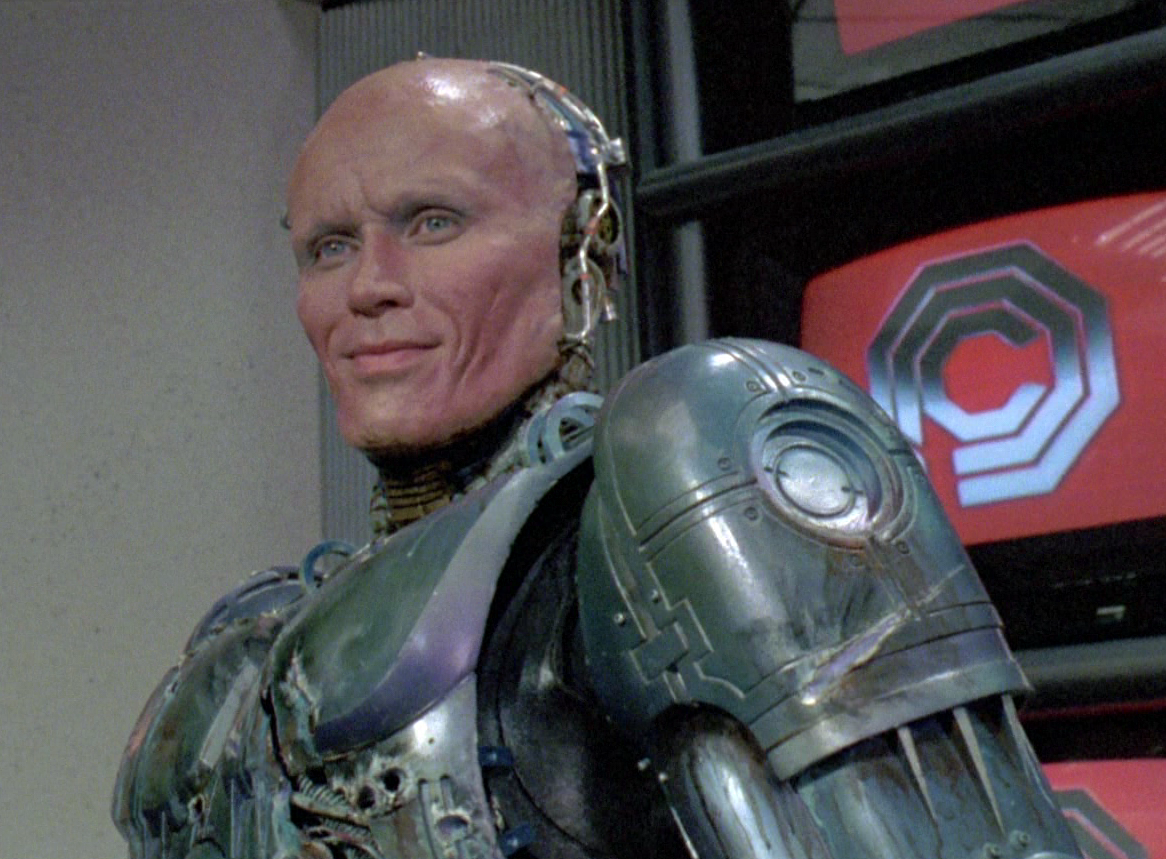
Weller reprised the role in RoboCop 2, but stood down for RoboCop 3 and the spin-off TV show.
[rtk_adunit_bottom]
Joel Kinnaman donned a slightly different suit for the underwhelming RoboCop remake – but another direct sequel to the original, RoboCop Returns, is currently in development.
Worst: Box (Logan’s Run)

1976 futuristic thriller Logan’s Run is, without a doubt, a classic of the science fiction genre.
[rtk_adunit_top]
The film, based on the novel by William F. Nolan and George Clayton Johnson, is set in a secluded city where no one lives past the age of 30.

Michael York and Jenny Agutter star as two citizens who venture beyond the dome that holds their city in hopes of finding what lies beyond.
[rtk_adunit_middle]
Along the way they encounter Box, a mighty guard robot designed to stop them from escaping.
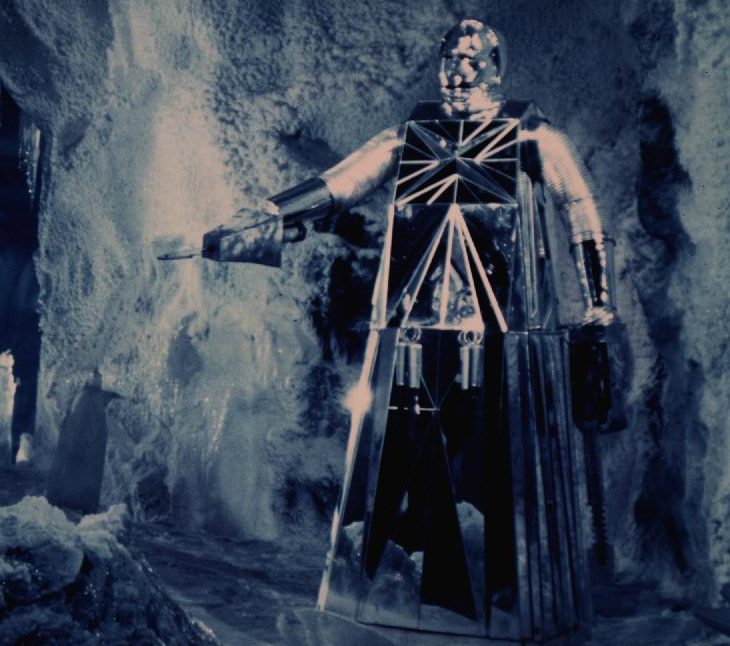
This might have made for quite a scary scene, were it not for Box’s thoroughly uninspired design.
[rtk_adunit_bottom]
Simply put, Box looks like a Halloween costume haphazardly thrown together by a tired parent with minimal time to prepare, and who happened to have a huge supply of silver spray paint.
Best: Number 5/Johnny 5 (Short Circuit)
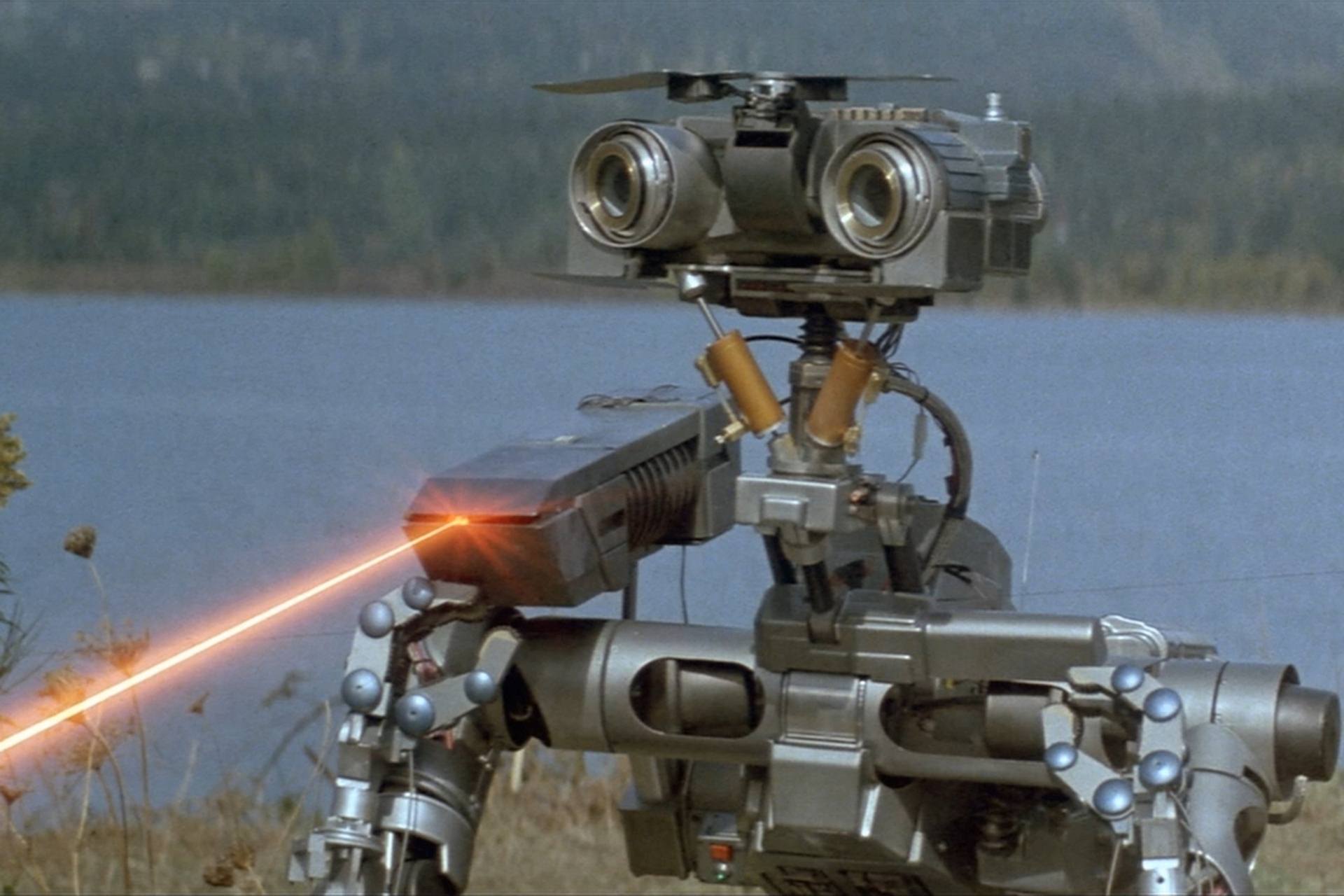
Robots don’t come much more loveable than Short Circuit‘s Number 5 – or, as he ultimately renames himself, Johnny 5.
[rtk_adunit_top]
Director John Badham’s 1986 sci-fi comedy adventure sees the military robot inexplicably brought to life by a bolt of lightning.

Admittedly, Short Circuit gets a bit corny and sentimental: actor Austin Pendleton has lamented that the script was “heartbreakingly beautiful,” but that the end result was “a slightly bland kids’ movie.”
[rtk_adunit_middle]
Even so, it’s a cold heart indeed that can’t warm to this cute little machine who comes to learn the beauty of life.

Plus, Johnny 5 has a great line in pop culture-inspired witticisms; who among us can think of a more devastating put-down than “Hey, laser-lips! Your mama was a snow-blower!”
[rtk_adunit_bottom]
The character returned in 1988 sequel Short Circuit 2, and there’s been talk of a possible remake for many years now.
Worst: Andrew Martin (Bicentennial Man)
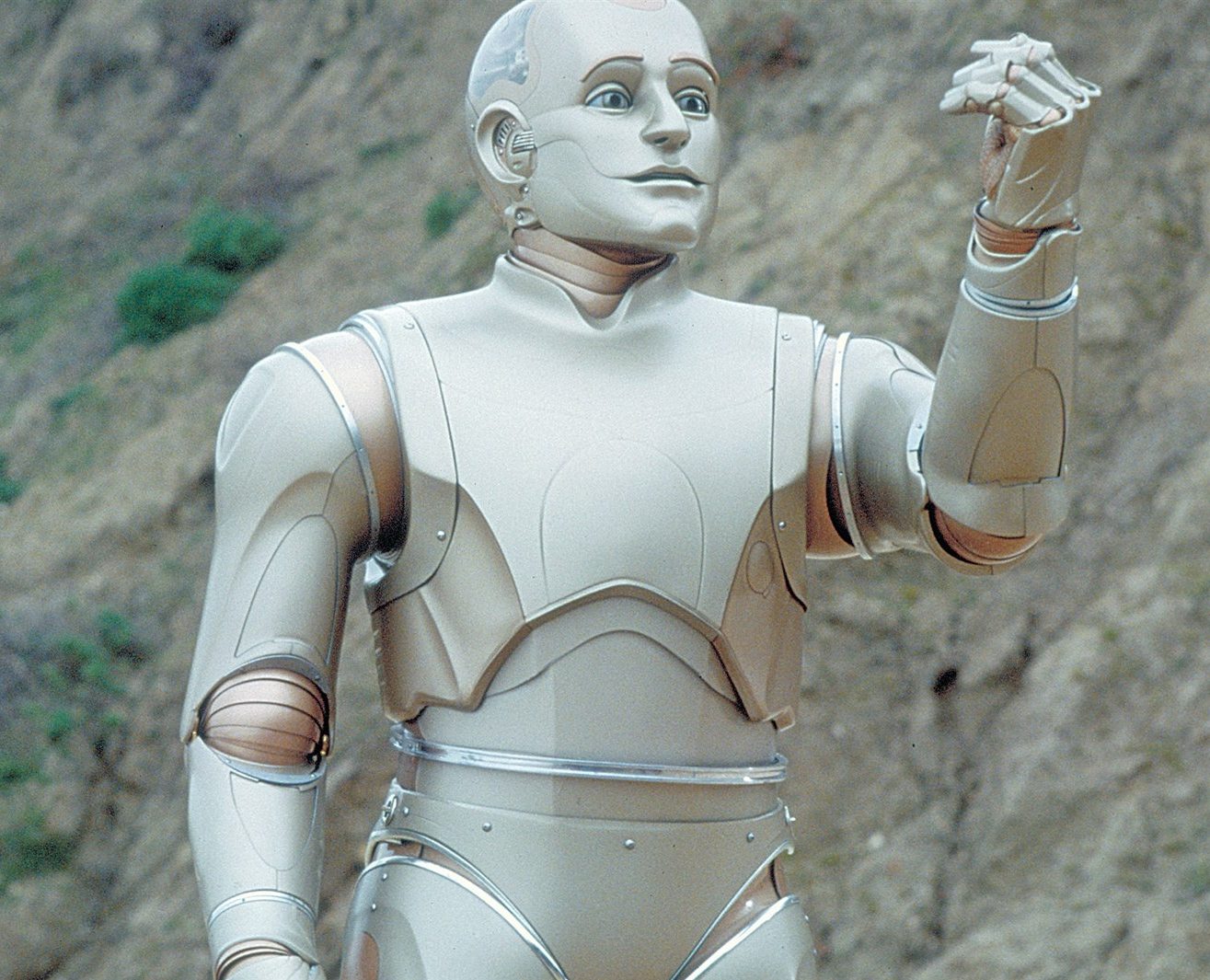
Isaac Asimov is one of the most acclaimed science fiction authors ever, and has been particularly influential in his portrayal of robots.
[rtk_adunit_top]
As such, one would hope for great things from a big-budget adaptation of Asimov’s novel The Positronic Man.
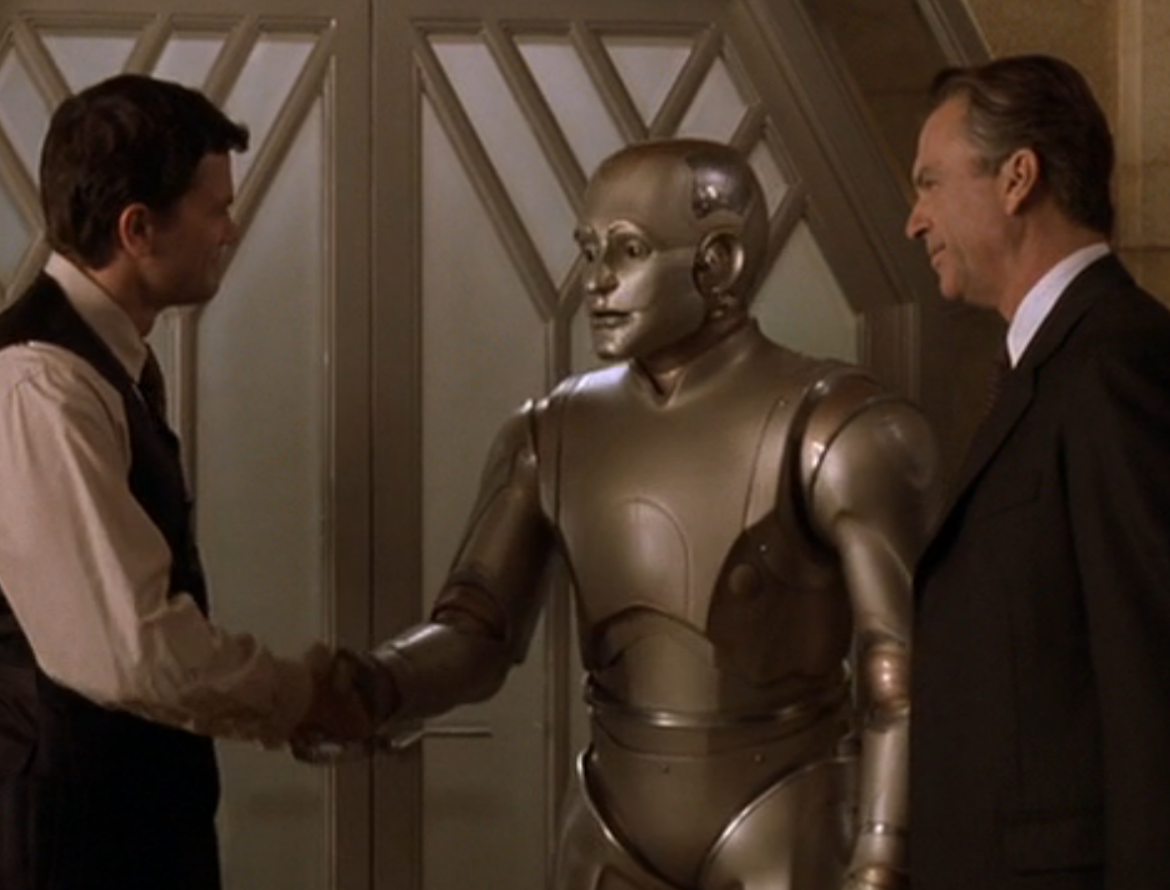
Our hopes were raised higher by the casting of comedy legend Robin Williams in the lead role, with director Chris Columbus (Home Alone, Harry Potter) calling the shots.
[rtk_adunit_middle]
Unfortunately, 1999’s Bicentennial Man turned out to be nothing like the great sci-fi drama that was hoped for.

Rather than evoking real emotion, the film just proved somewhat uncomfortable viewing, particular given the inadvertent creepiness of the robot suit worn by Williams.
[rtk_adunit_bottom]
Bicentennial Man’s biggest problem is its mawkishness: critics widely agreed that the film was weighed down by its syrupy sentimentality.
Best: The Terminator

1984’s The Terminator established Arnold Schwarzenegger’s time-travelling cybernetic assassin as the scariest big screen robot ever.
[rtk_adunit_top]
Meanwhile, 1991’s Terminator 2: Judgment Day turned the Terminator into the kind of droid that every kid in the world wanted standing by their side.

Director James Cameron certainly wasn’t the first person to envision a dystopian future where machines have taken over the world.
[rtk_adunit_middle]
However, Cameron’s vision of a robo-apocalypse is without a doubt the most widely influential of such stories.
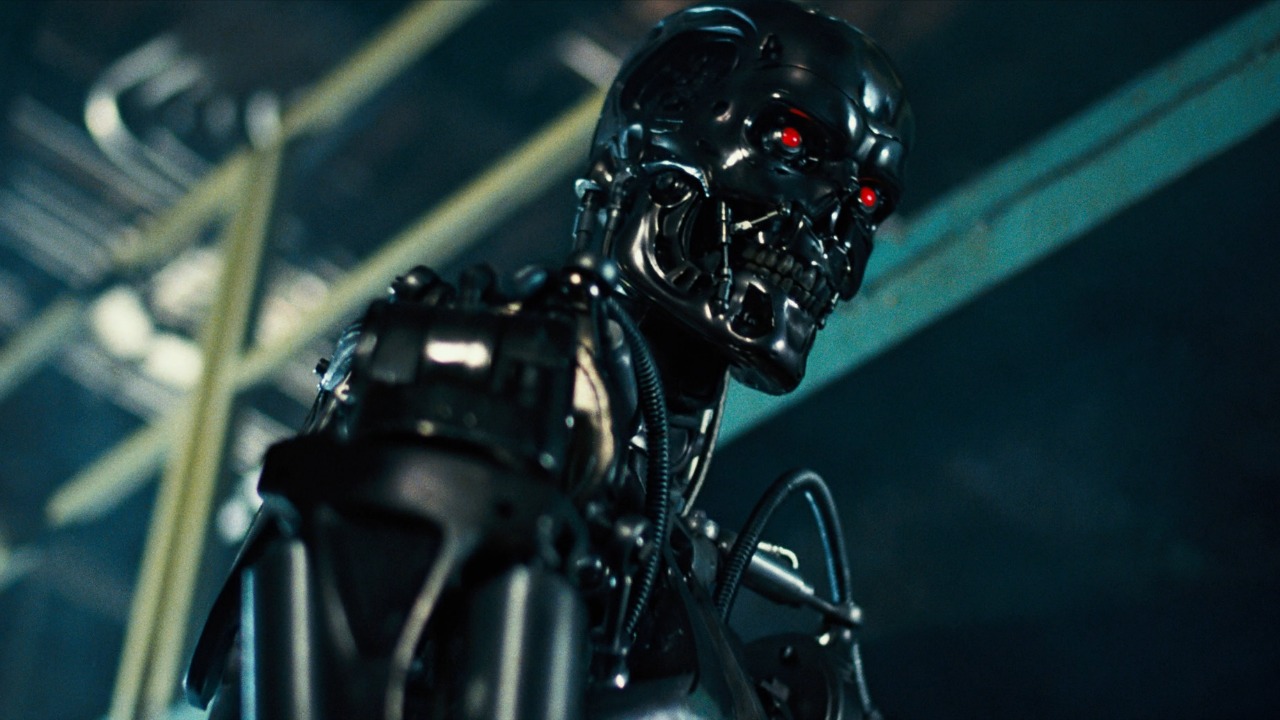
Any time the possible dangers of artificial intelligence are discussed, The Terminator is one of the first films cited.
[rtk_adunit_bottom]
The four subsequent Terminator sequels may have been a bit of a let-down, but nothing can dilute the impact of the original two Terminator movies.
Worst: V.I.N.CENT (The Black Hole)
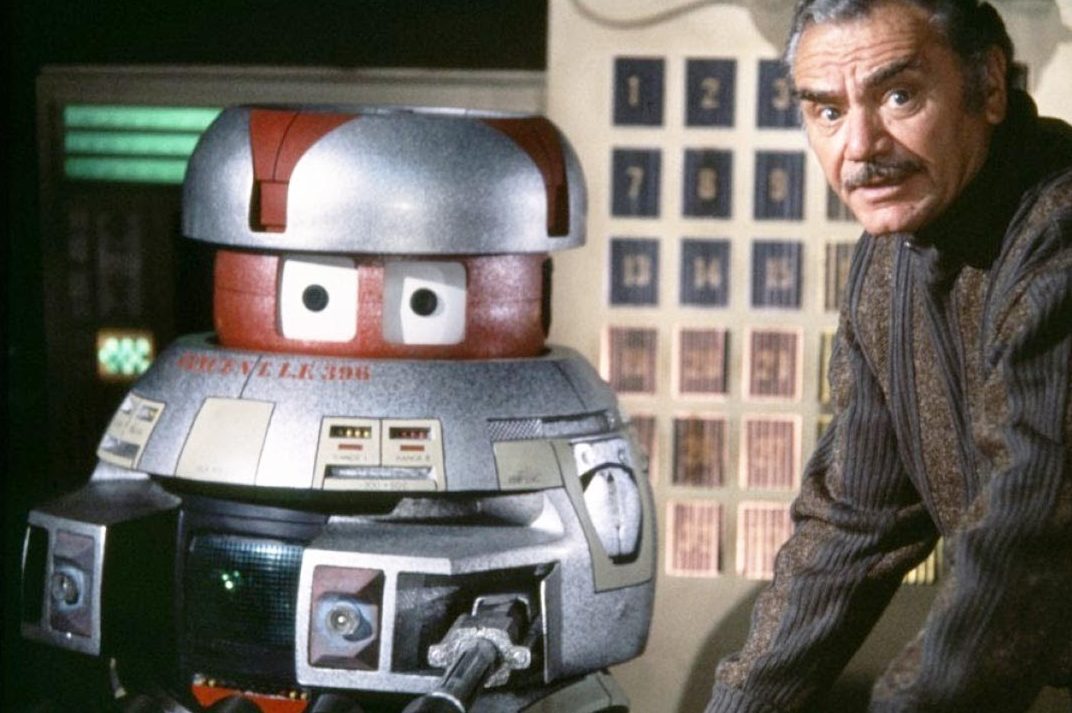
1979’s The Black Hole is an unusual but in many ways very impressive sci-fi adventure from Disney.
[rtk_adunit_top]
For one, it’s notable for being the first film released by the traditionally family-friendly studio to get a PG rating.

The Black Hole follows an impressively cast starship crew (among them Ernest Borgnine, Anthony Perkins and Robert Forster) traversing the perilous astral phenomenon of the title.
[rtk_adunit_middle]
At times, The Black Hole gets surprisingly dark and abstract for a family film, and it seems that the filmmakers felt they needed to balance this with elements that appealed to kids.

Unfortunately, the way the filmmakers dealt with this was by including V.I.N.CENT, an unbelievably cheap and silly-looking movie robot.
[rtk_adunit_bottom]
Giving him the voice of Roddy McDowall may lend a modicum of dignity, but it can’t change the fact that V.I.N.CENT looks like a floating Henry Hoover.
Best: The Iron Giant
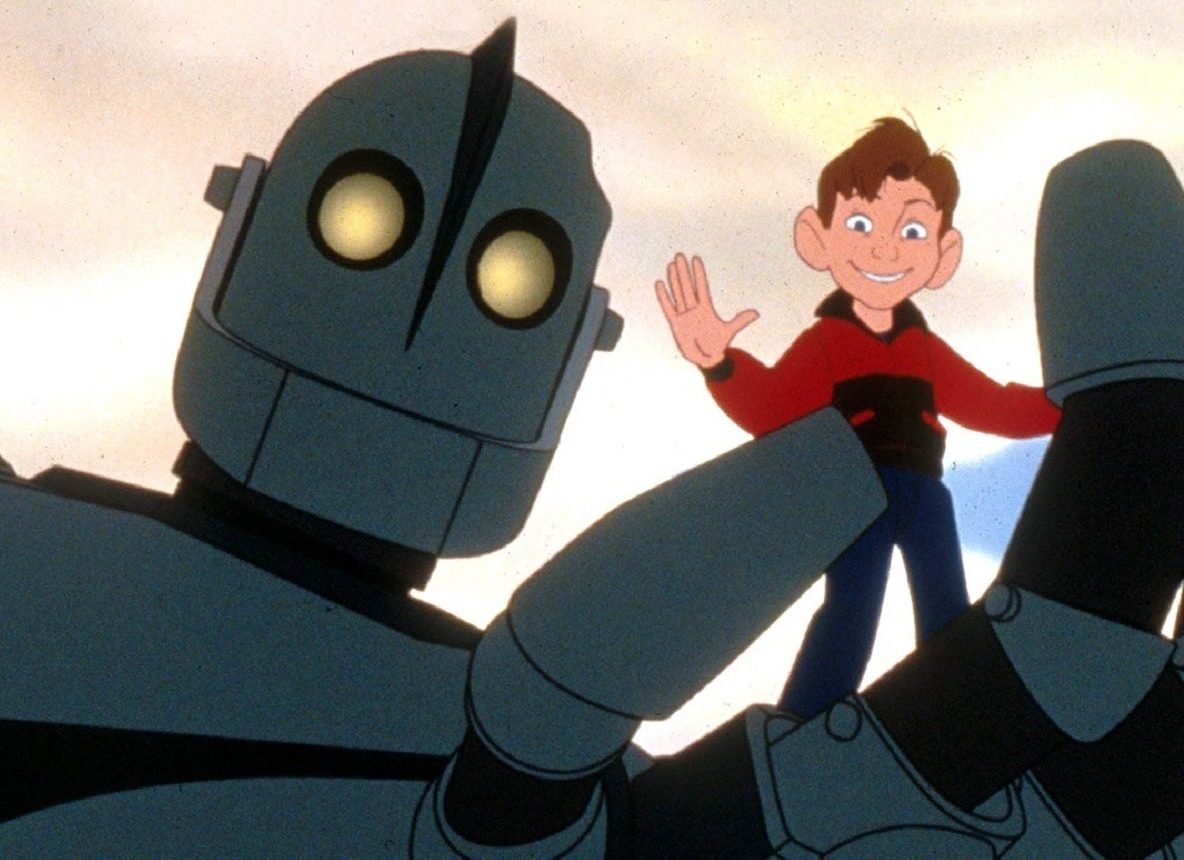
The first film from future Disney Pixar director Brad Bird, The Iron Giant is an adaption of Ted Hughes’ 1968 novel The Iron Man.
[rtk_adunit_top]
Set at the height of the Cold War, the story centres on a lonely boy who finds a new friend in a gargantuan, metal-munching robot from another world.
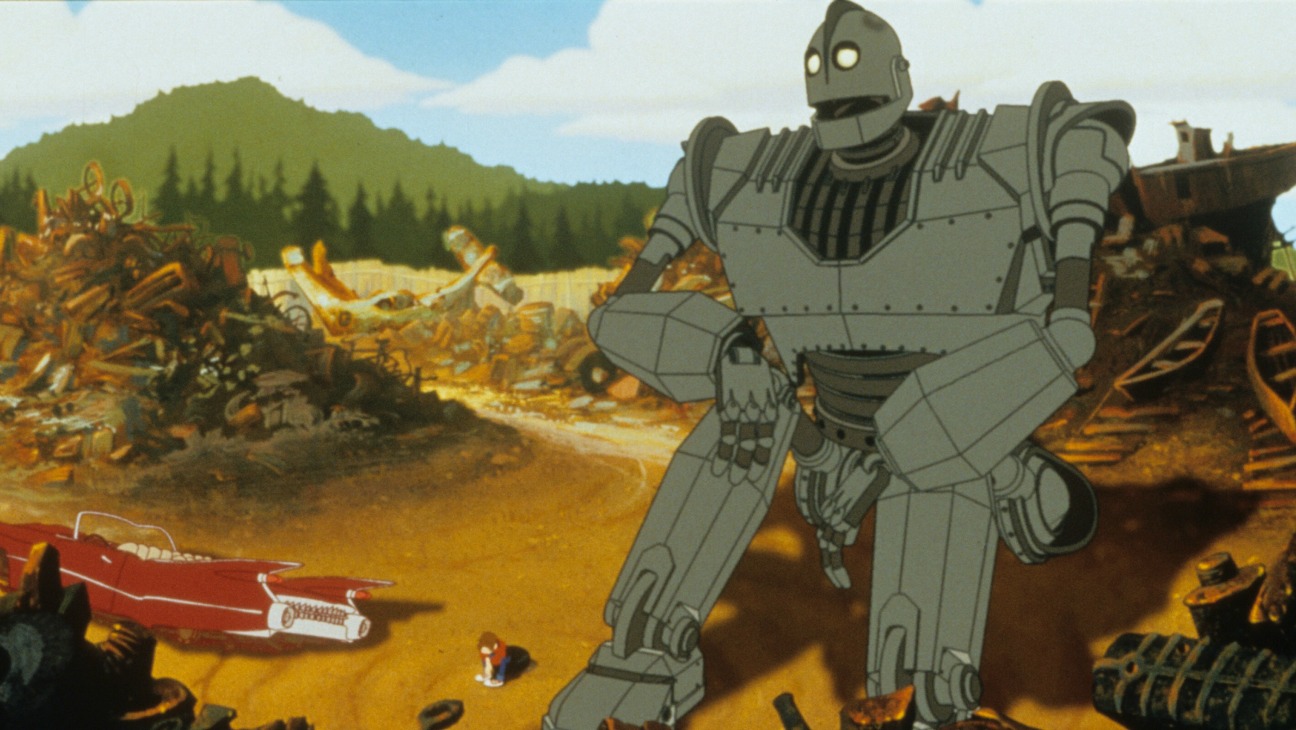
The robot is voiced by the suitably gravel-throated Vin Diesel, and this performance undoubtedly paved the way for Diesel to do similar work as Groot in Guardians of the Galaxy.
[rtk_adunit_middle]
Although it’s funny, exciting, beautifully designed and at times genuinely tear-jerking, The Iron Giant was largely overlooked on release in 1999.

In the years since, however, it’s been widely acknowledged as perhaps the last truly great Hollywood film made with traditional hand-drawn animation.
[rtk_adunit_bottom]
The enduring legacy of The Iron Giant was acknowledged by the character’s inclusion in 2018 movie Ready Player One.
Worst: Vera Webster (Superman III)
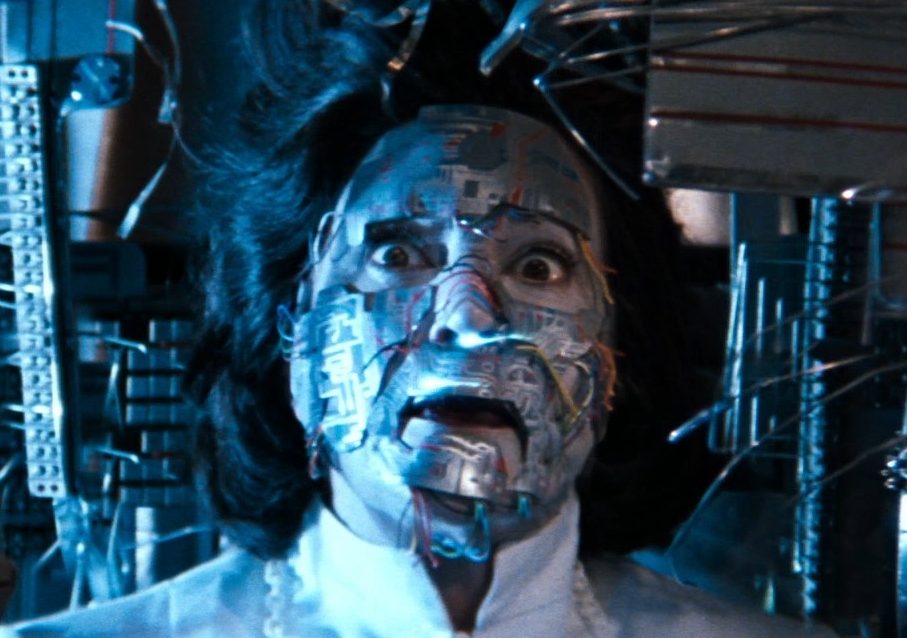
Most fans would agree that 1983’s Superman III marked a significant downturn for the big screen adventures of the legendary DC Comics superhero.
[rtk_adunit_top]
The film is most commonly remembered for the presence of Richard Pryor, and Superman being turned into a bad guy by red Kryptonite.
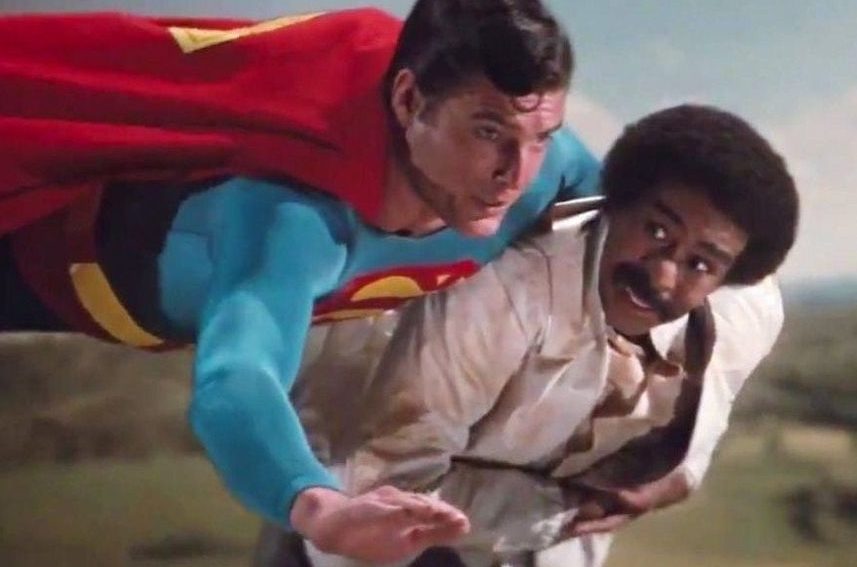
For a lot of younger viewers, however, Superman III turned out to be pure nightmare fuel thanks to the climactic showdown.
[rtk_adunit_middle]
In a scene that’s still blood-curdling to behold today, Vera Webster (Annie Ross) is transformed into a killer cyborg.

Still, as unnerving as this might have been, the resulting robot creation really looks like, well, junk.
[rtk_adunit_bottom]
This being the case, the Vera Cyborg served as a sad signifier for how low the Superman series had sunk by this point. (Alas, Superman IV: The Quest for Peace would be even worse.)
Best: R2-D2 and C-3PO (Star Wars)

No discussion of movie robots could possibly be complete without a mention of the beloved R2-D2 and C-3PO.
[rtk_adunit_top]
After making their first appearance in the opening scene of the original Star Wars, the droids went on to provide the connective tissue throughout the whole franchise.

Artoo and Threepio (as their closest friends call them) were there for the rise of Luke Skywalker, his father Anakin and their successor Rey.
[rtk_adunit_middle]
In many ways the droids are the real heart of the epic sci-fi saga, not just providing comic relief but also being all-round loveable characters everyone can relate to.

C-3PO actor Anthony Daniels is the only person to play a speaking part in every theatrically released Star Wars movie to date (although he plays a character other than Threepio in 2018’s Solo).
[rtk_adunit_bottom]
Meanwhile, the late Kenny Baker played R2-D2 in every entry up to 2005’s third prequel Revenge of the Sith.
Worst: Paulie’s robot (Rocky IV)
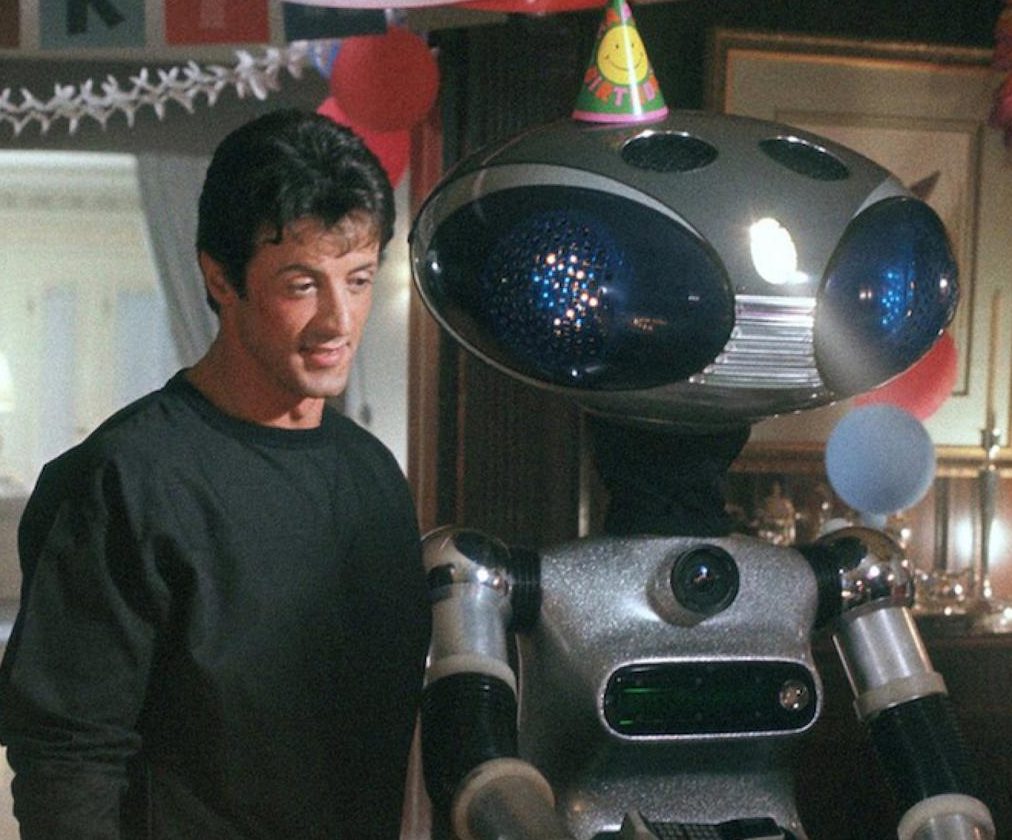
Robots of course seem entirely appropriate in movies set in the far future or on other planets more advanced than ours.
[rtk_adunit_top]
However, we don’t necessarily expect to see them in the third sequel to an Oscar-winning sports drama centred on a salt-of-the-earth working class hero.
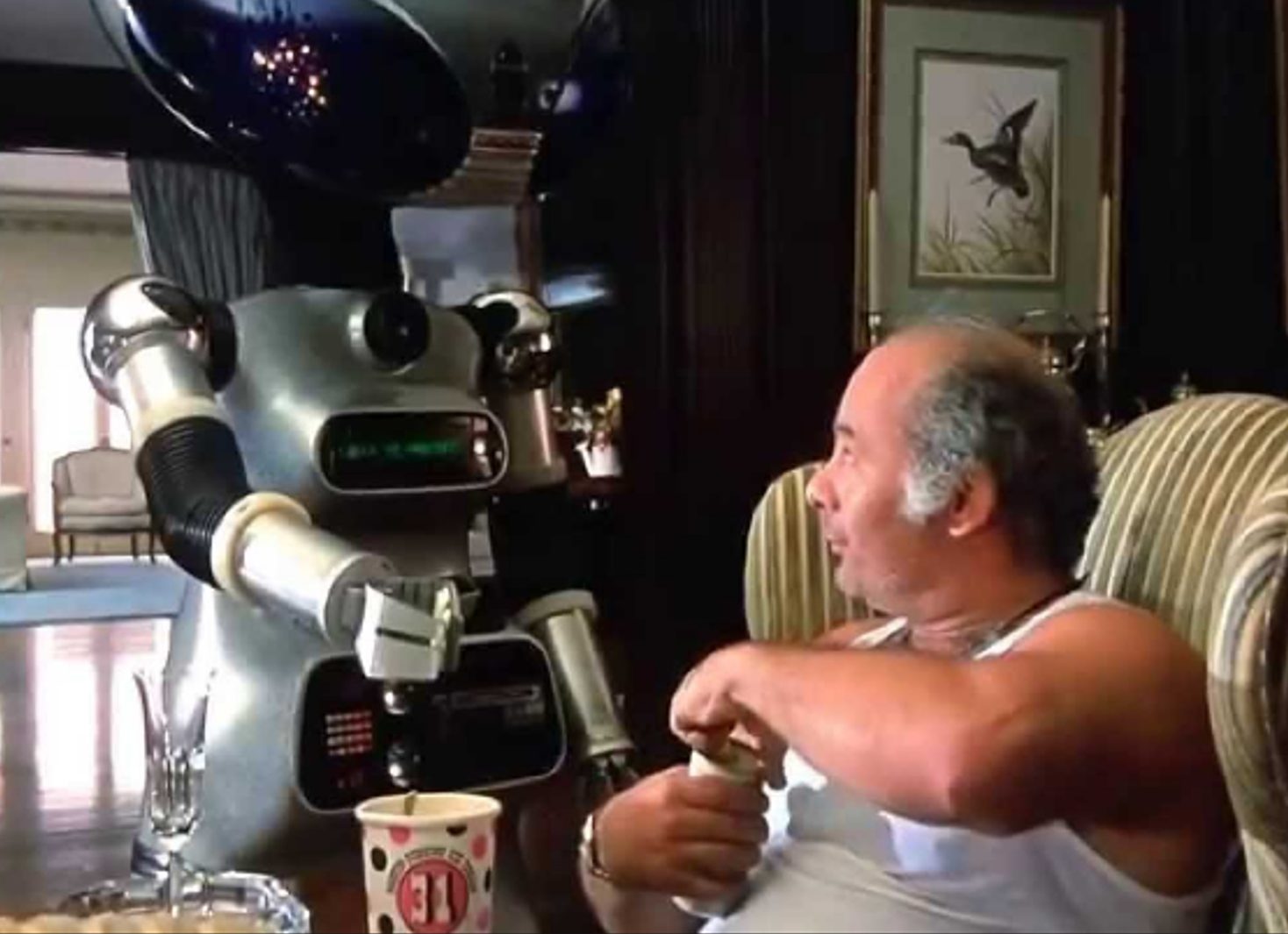
Yet for some reason, Sylvester Stallone thought it would be a good idea for Rocky IV to show Rocky Balboa giving his brother-in-law Paulie (Burt Young) a robot butler as a birthday present.
[rtk_adunit_middle]
The fact that the film sees Rocky take on the USSR is all well and good, but bringing robots into the mix is a step too far.

The inclusion of the robot is one of the key reasons why Rocky IV is perhaps the most painfully dated entry in the beloved boxing series (well, that and the over-abundance of training montages set to the cheesiest of rock music).
[rtk_adunit_bottom]
Stallone himself acknowledges this – and for this reason, his upcoming director’s cut of the 1985 film will reportedly do away with the robot altogether.
Best: The Jaegers (Pacific Rim)
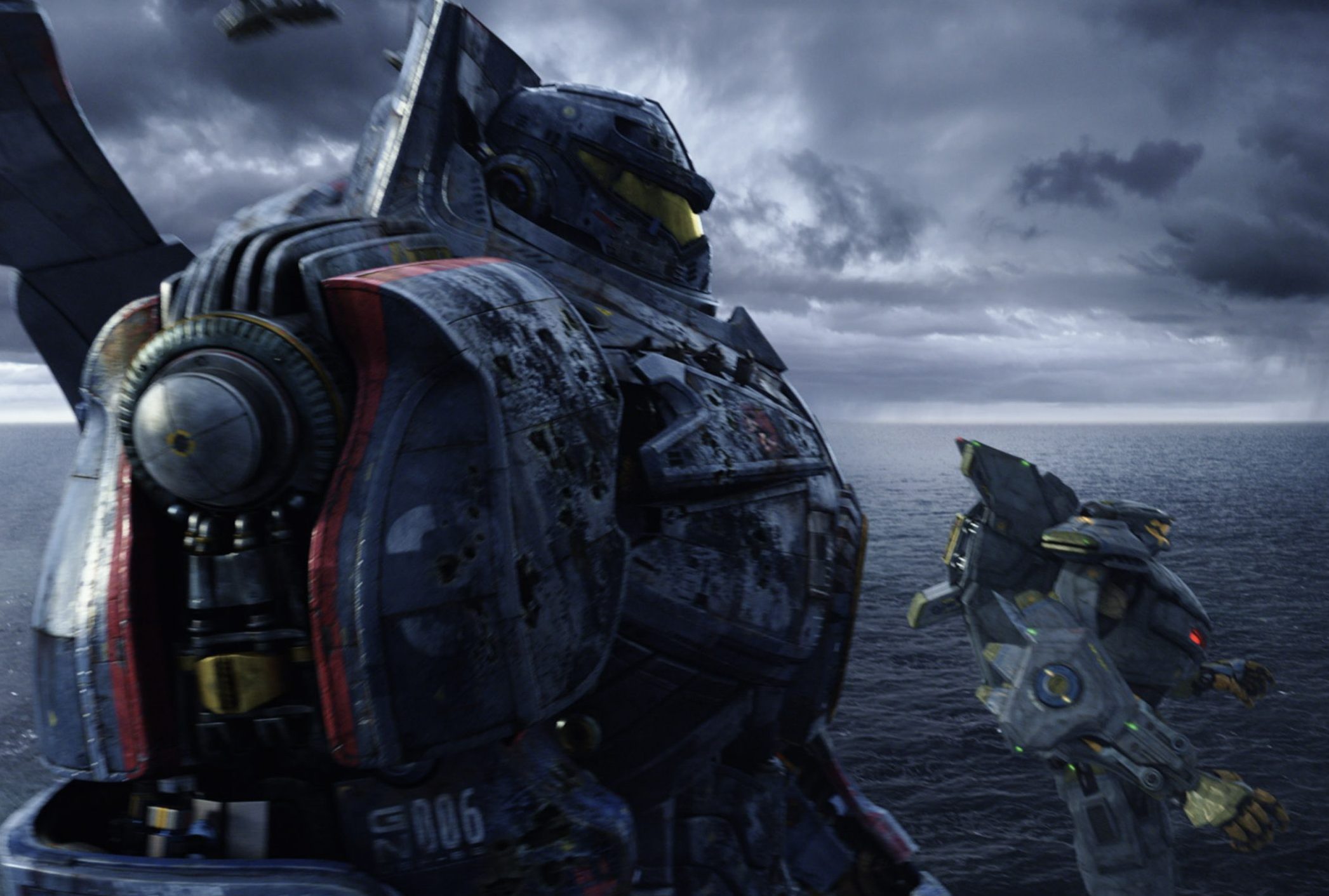
When it comes to presenting a blockbuster movie spectacle, it’s generally agreed that bigger is always better.
[rtk_adunit_top]
This was clearly a viewpoint shared by director Guillermo del Toro, writer Travis Beacham and the rest of the team on Pacific Rim.

The 2013 sci-fi action epic is set in a near-future in which the Earth faces regular attacks from the Kaiju, giant monsters from another dimension.
[rtk_adunit_middle]
When conventional warfare against the Kaiju proves inefficient, humankind responds with monsters of their own: giant robots named Jaegers.
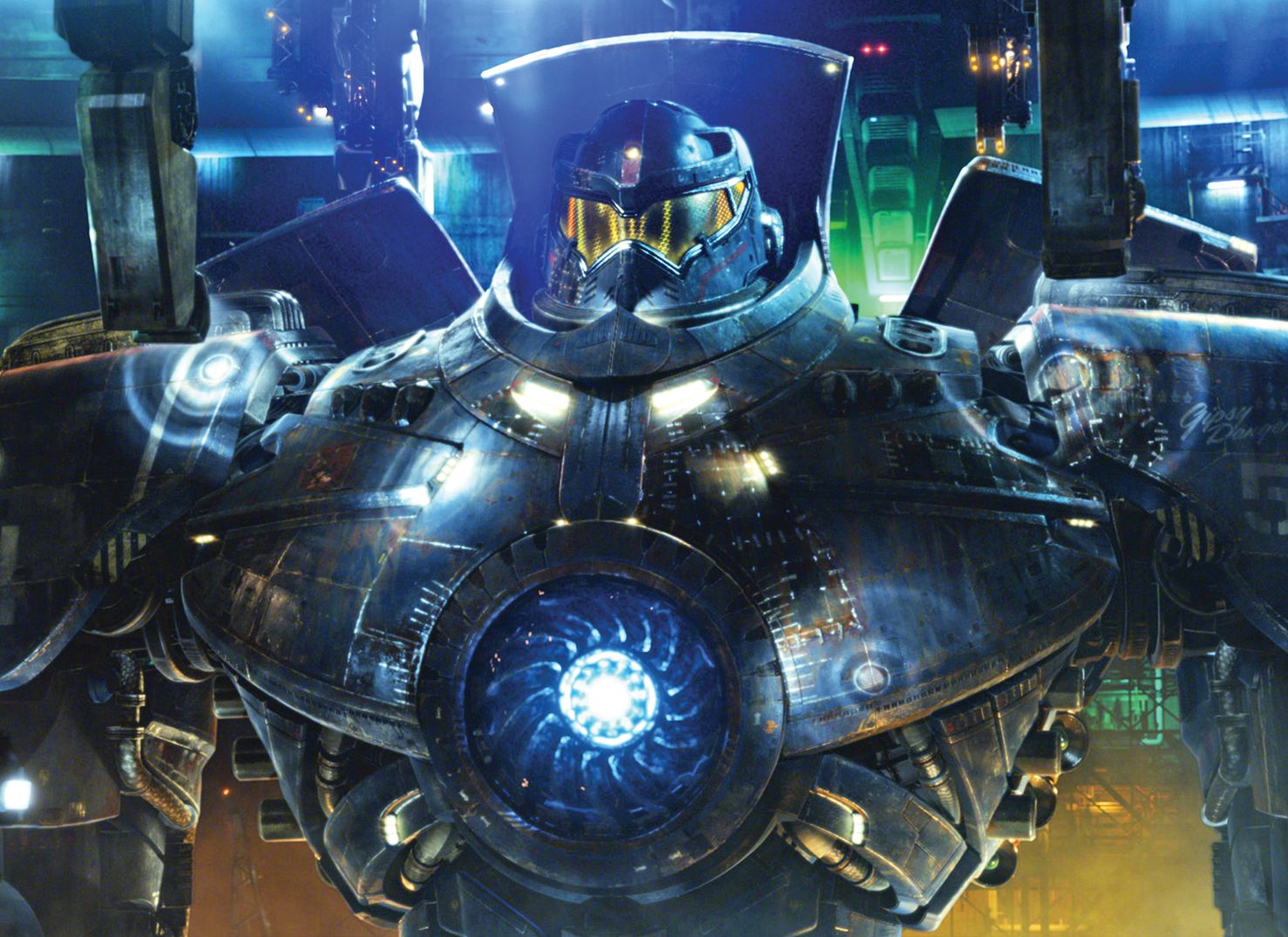
Fans of Japanese sci-fi were quick to recognise Pacific Rim’s clear debt to the country’s rich history of giant robot and monster narratives (Godzilla, Ultraman, Neon Genesis Evangelion etc) – but the film never really tries to hide this.
[rtk_adunit_bottom]
Both Pacific Rim and its 2018 sequel Pacific Rim: Uprising may have left a bit to be desired in terms of plot and character, but for the simple joy of seeing 400-foot robots punching monsters of equal size, they can’t be faulted.
Worst: CHAPPiE
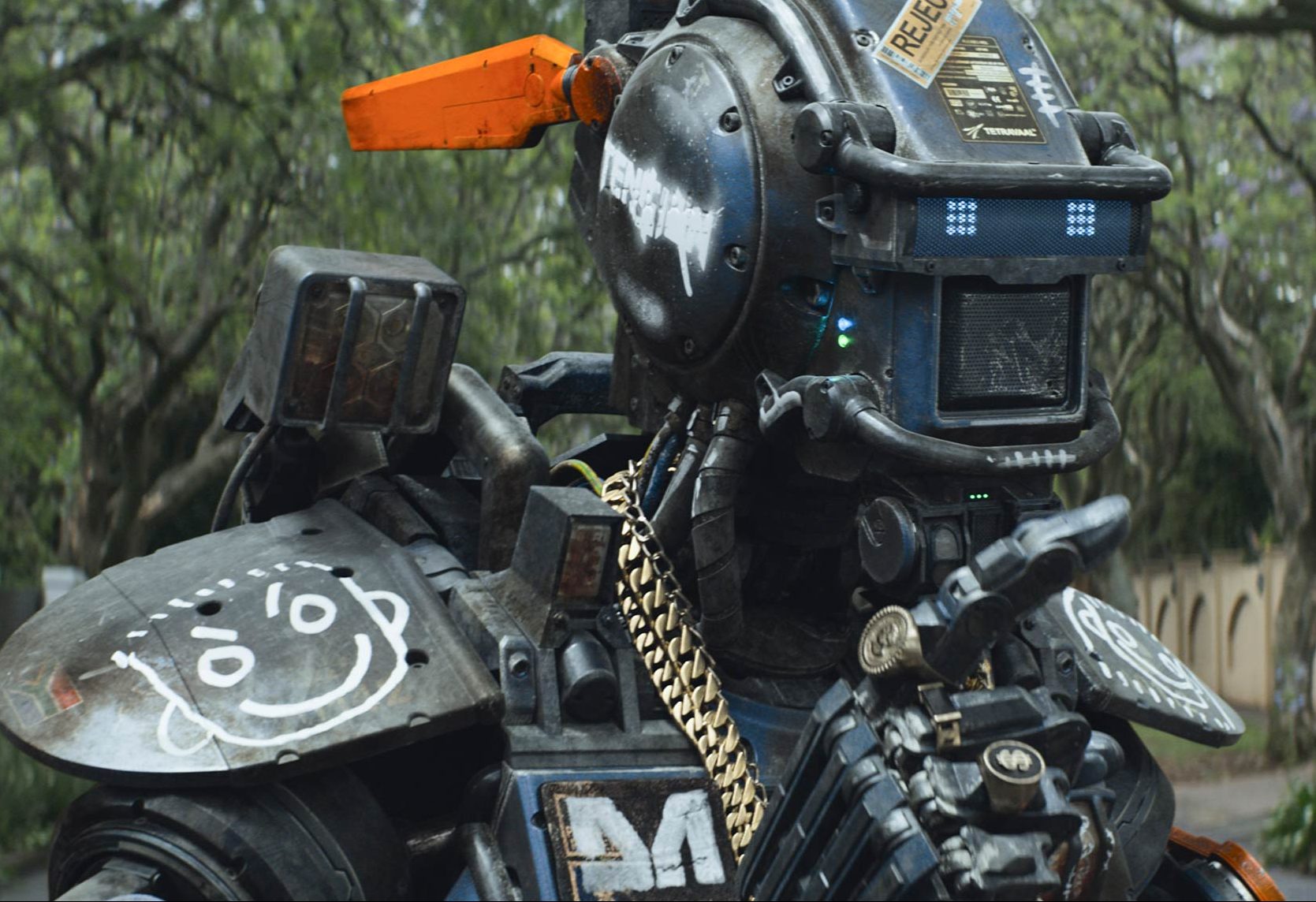
District 9 director Neill Blomkamp went from aliens to robots with his intriguing but painfully flawed 2015 film CHAPPiE.
[rtk_adunit_top]
With clear echoes of Short Circuit, the movie sees a Johannesburg law enforcement drone (Sharlto Copley) fitted with an experimental AI program that closely mirrors a human consciousness.

However, this robot soon finds itself stolen by low-level criminals, who take it under their wing and teach it to talk and behave like them.
[rtk_adunit_middle]
Like Blomkamp’s earlier films, CHAPPiE sports breathtakingly realistic CGI effects, and uses its science fiction motifs to address issues of class and socioeconomic disparity.

In this instance, however, the message tends to get lost, as the tone of the film is all over the place, and the title character proves less than endearing.
[rtk_adunit_bottom]
As moving as it might be to see a robot gain humanity, it’s a bit harder to feel much empathy when they use that sentience to be a loud-mouthed wannabe gangster.
Best: The Gunslinger (Westworld)

Years before The Terminator or RoboCop, the big screen was menaced by another cybernetic creation dangerously close to being human.
[rtk_adunit_top]
1973’s Westworld cast Yul Brynner, already the veteran of numerous westerns, as a villainous gunslinger with a difference: he’s a robot.
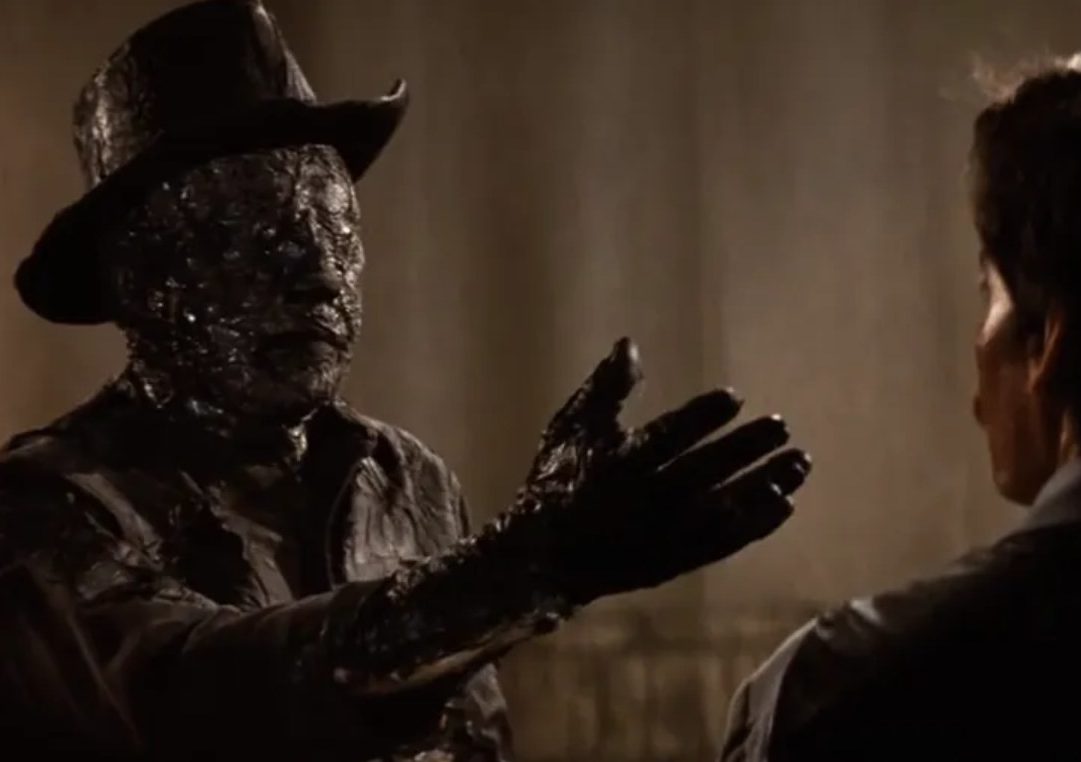
Written and directed by Michael Crichton, the film is set in a high-tech theme park featuring state of the art attractions (a concept Crichton would later re-explore with Jurassic Park).
[rtk_adunit_middle]
Of course, things don’t quite go according to plan, as the android inhabitants of Westworld’s imaginary Old West town begin to malfunction, and become literal killing machines.

Brynner’s sinister man in black is by far the creepiest cowboy robot of them all, developing a murderous fixation on tourists James Brolin and Richard Benjamin.
[rtk_adunit_bottom]
Westworld spawned sequel Futureworld and a short-lived TV spin-off, before it was more famously rebooted as the award-winning Westworld HBO series in 2016.
Worst: Rodney Copperbottom (Robots)

Robots was released at a time when audience appetite for digitally animated movies was at its peak, with Disney Pixar and Dreamworks in a near-constant battle to be number one.
[rtk_adunit_top]
Into the fray stepped 20th Century Fox subsidiary Blue Sky Animation, which set out for a bit of the action first with 2002’s Ice Age, then with this 2005 movie set in a world populated entirely by robots.

If you find yourself struggling to remember much else about Robots beyond that basic synopsis, well… you’re not the only one. It’s a thoroughly forgettable, middle of the road animation.
[rtk_adunit_middle]
In fairness, lead robot Rodney Copperbottom isn’t the only problem in the movie, but he’s such a dull and unendearing protagonist that it’s hard to care about anything else that’s going on.
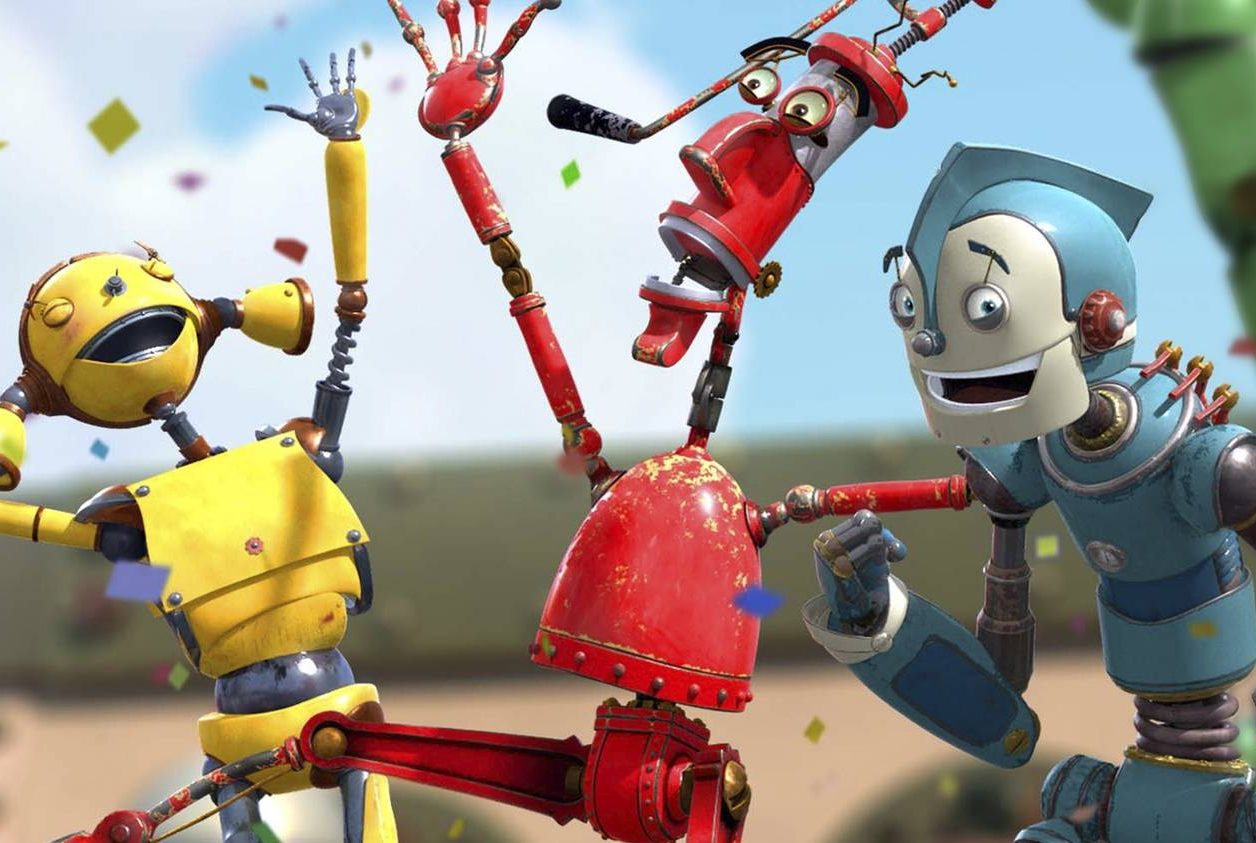
We’re also left puzzling as to why the filmmakers hired Ewan McGregor to voice the character, then had the Scottish actor play the part in an American accent, thereby rendering him unrecognisable and making his celebrity casting a bit pointless.
[rtk_adunit_bottom]
Perhaps Robots gets some comedy value by having Robin Williams on hand to play a robot sidekick in that inimitable Robin Williams style – but really, if that’s what you want from your animated movies, you may as well just watch Aladdin again.
Best: Mechagodzilla

Another example that proves size matters, Mechagodzilla is one of the most iconic creations of the long-running Godzilla series.
[rtk_adunit_top]
As the name suggests, Mechagodzilla is a giant robot of similar stature to Godzilla, and was built specifically to combat the threat of the mighty monster.

The stainless steel gargantuan made its first appearance in 1974’s Godzilla vs. Mechagodzilla, and was quickly established as one of the most popular antagonists of the series.
[rtk_adunit_middle]
Mechagodzilla went on to appear in several more Godzilla movies, the most recent being Hollywood blockbuster Godzilla vs. Kong.

Regardless of whether it’s brought to life via cutting edge CGI or by putting a guy in a suit, Mechagodzilla is never less than awe-inspiring.
[rtk_adunit_bottom]
Along with The Iron Giant, Mechagodzilla is another iconic giant robot who went on to make an appearance in Ready Player One.
Worst: Jinx (SpaceCamp)

1986 family adventure SpaceCamp presented a dream scenario for many viewers, young and old alike: a bunch of ordinary youngsters blast off into orbit on a space shuttle.
[rtk_adunit_top]
As it turned out, the film presented a marketing nightmare on release, given it was released within months of the infamous Space Shuttle Challenger disaster.

SpaceCamp goes out of its way to lure in younger viewers with the inclusion of Jinx, a cutesy little white robot who speaks in a classically monosyllabic robot voice (provided by prolific voice actor Frank Welker).
[rtk_adunit_middle]
To make things that bit more relatable to children of the 80s, Jinx becomes ‘best friends forever’ with Max, a Star Wars-obsessed 12-year-old played by Leaf Phoenix – better known today as Oscar-winner Joaquin Phoenix.

Any kid-robot relationship of this sort walks a fine line between being kind of sweet, and kind of annoying. SpaceCamp’s Jinx does not walk that line too well.
[rtk_adunit_bottom]
Quite apart from being so irritating to watch, Jinx is also a major problem for the characters in the movie, as he’s responsible for the accident that sends the totally unprepared youngsters (among them Lea Thompson and Kelly Preston) into space.
Best: Bishop (Aliens)
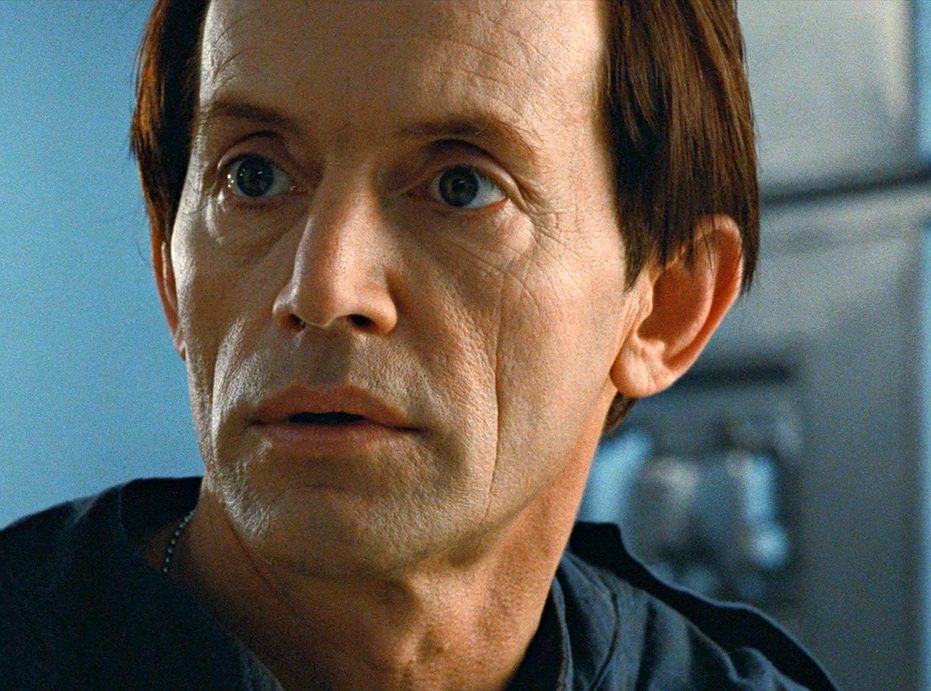
When storytellers look far enough into the future, oftentimes technological advances are predicted to have reached such levels that the artificial is almost indistinguishable from the natural.
[rtk_adunit_top]
Famously this is the case with the Replicants in Blade Runner, and Ash (Ian Holm) in Alien. A rather more endearing example, though, is Bishop (Lance Henriksen) in Aliens.
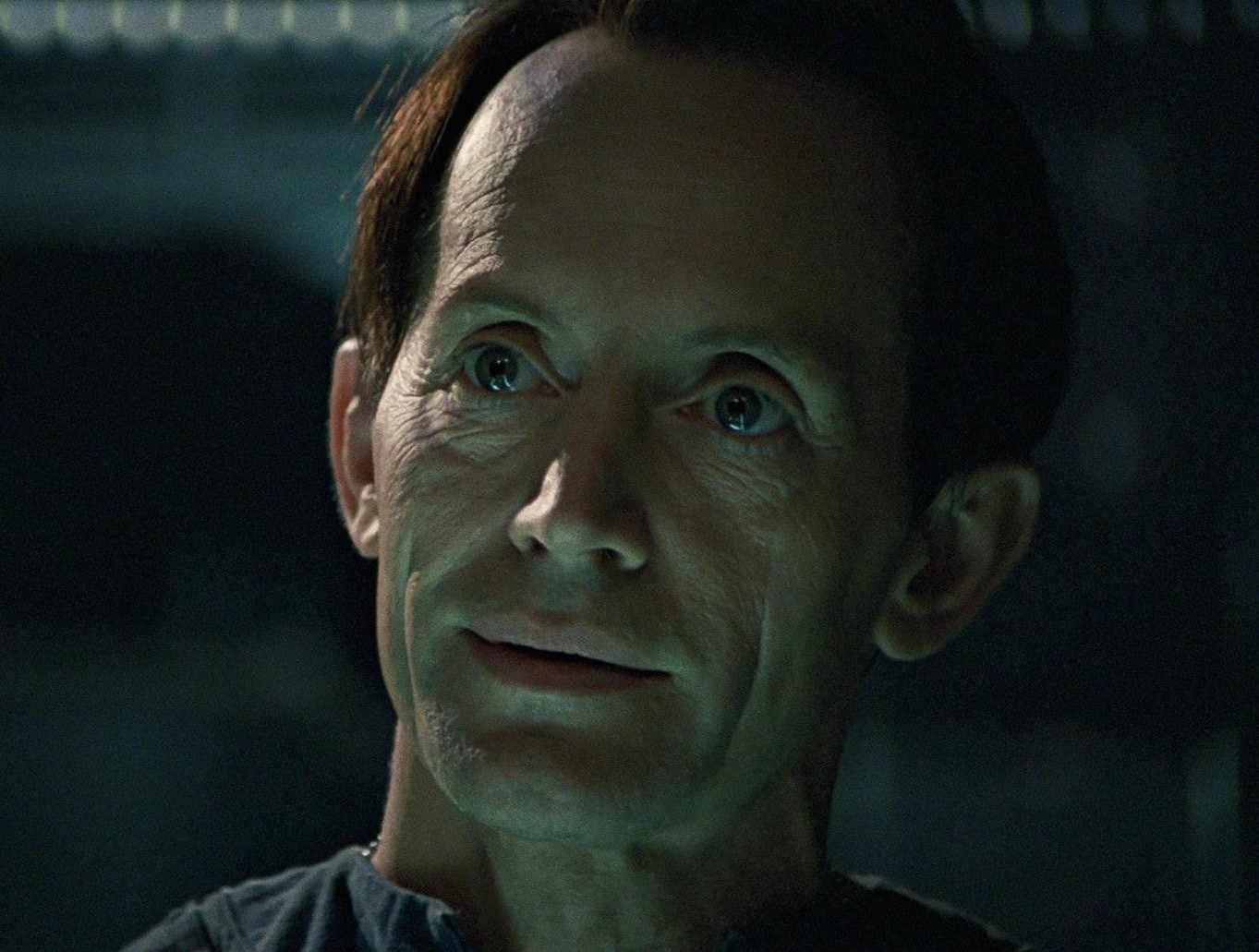
The fact that Bishop turns out to be 100% a good guy is one of the interesting ways Aliens subverts franchise expectations (after Ash of Alien turned out evil).
[rtk_adunit_middle]
Henriksen, as he’s demonstrated in other movies, is capable of being very sinister indeed, but he plays Bishop with an emotional detachment that feels more child-like.

The fact that Bishop is so unemotional only makes his good deeds all the more moving: he does the right thing simply because he knows he should.
[rtk_adunit_bottom]
And of course, who among us hasn’t at least once or twice tried out that cool trick he does with the knife?
Worst: Ninja Megazord (Mighty Morphin Power Rangers: The Movie)

After the success of Mighty Morphin Power Rangers on television, the spandex-clad ensemble made their way to cinemas for the first time in 1995.
[rtk_adunit_top]
A move to the big screen necessitated higher stakes, and so the film sees the Power Rangers’ mentor Zordon mortally wounded, and the Rangers themselves stripped of their powers.

This forces our young heroes to venture to a far off planet to find an all-new power source, which turns them into super-powered ninjas. This in turn gives them new Zords, i.e. giant robot vehicles shaped like animals that merge together to form an almighty Megazord.
[rtk_adunit_middle]
In the TV show, the Zords had always been brought to life via practical puppets and men in suits stomping around model cities – but for the movie, they decided to embrace the hot new special effects technology of CGI.
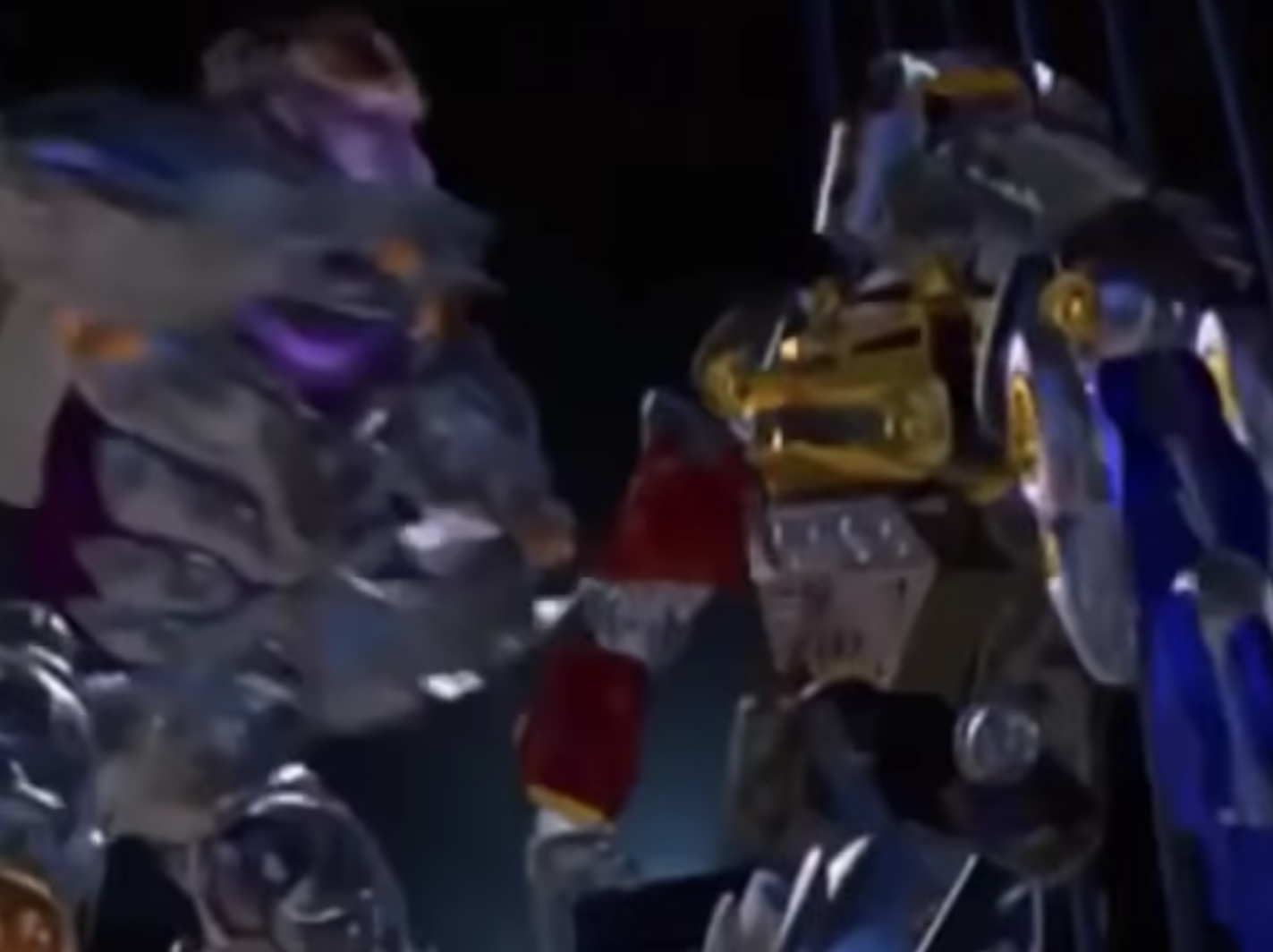
This would probably have worked out just fine, if Mighty Morphin Power Rangers: The Movie had as much money for its FX work as Terminator 2 or Jurassic Park. Sadly, the $15 million-budgeted movie didn’t have anything like those resources at hand.
[rtk_adunit_bottom]
As a result, the final showdown between the Ninja Megazord and the evil Ivan Ooze looks like bad video game footage, and the unpleasantly shiny robots clash terribly with the dark city streets around them.
Best: Robby the Robot (Forbidden Planet)
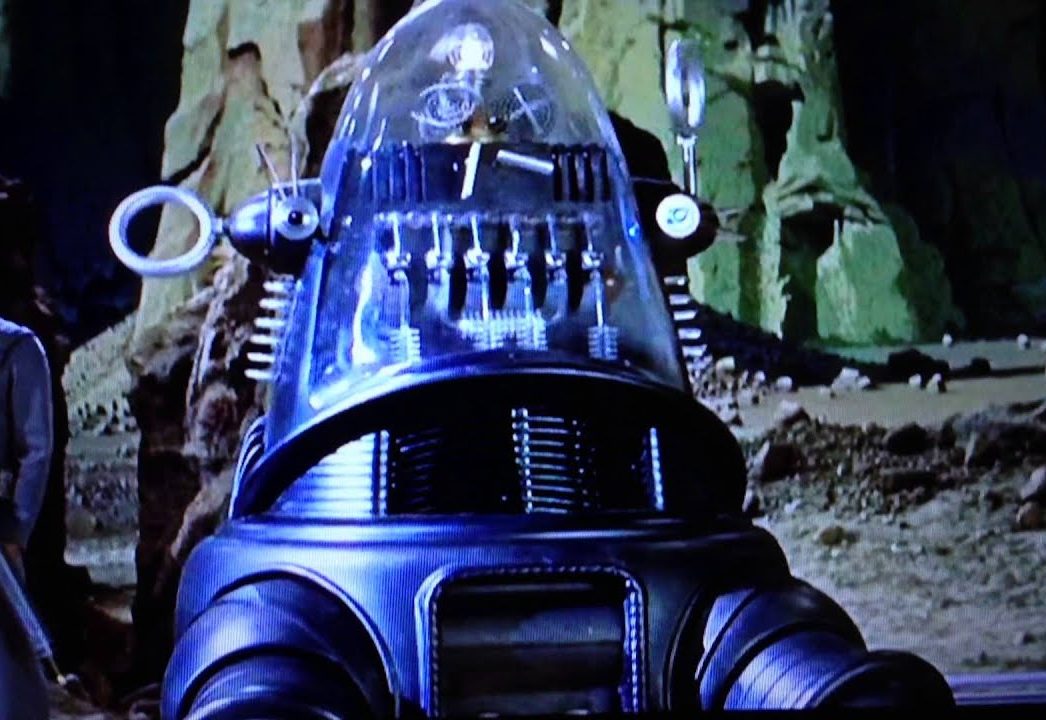
It’s true that a lot of robot designs from decades gone by have wound up looking a tad bit primitive, and often inadvertently camp by contemporary standards.
[rtk_adunit_top]
There are some instances, however, when a simple design so perfectly encapsulates its era that it still holds up as a classic years down the line.

This is most definitely the case with Robby the Robot, the iconic mechanical creation of 1956’s hugely influential science fiction thriller Forbidden Planet.
[rtk_adunit_middle]
Robby was one of the first movie robots to really play an integral part of the story, and to have a distinct, nuanced personality. While his cuteness is undeniable, Robby could easily sidestep into posing a real threat at the drop of a hat.

Robby’s popular impact was so great that he went on to make appearances in a wide number of movies and TV shows, including episodes of The Twilight Zone, The Addams Family, The Man from U.N.C.L.E. and Lost in Space.
[rtk_adunit_bottom]
Just as Forbidden Planet proved a key influence on much of the science fiction cinema that has come in its wake, so too did Robby provide the essential blueprints for most of the movie robots we’ve seen since.
Worst: Mudflap and Skids (Transformers: Revenge of the Fallen)

Few robot-based franchises have proved as enduring – or, in recent years, as divisive – as The Transformers.
[rtk_adunit_top]
Starting life as the beloved 80s toy line and TV cartoon (with 1986’s spin-off animated movie), Transformers was in 2007 launched as a live-action movie franchise, with the controversial choice of director Michael Bay at the helm.

Not only was Bay known for making films for older viewers (such as Bad Boys and The Rock), but the filmmaker also made little secret of his personal distaste for the source material – and so he went about remoulding it to suit his brash and lewd sensibilities.
[rtk_adunit_middle]
This arguably reached its nadir on 2009’s first sequel, Transformers: Revenge of the Fallen, which introduced the Autobots Mudflap and Skids. They might be robots in disguise, but it didn’t take long for viewers to recognise the somewhat offensive racial stereotypes these characters represented.

Presented as African-American wannabe gangsters, Mudflap and Skids’ dim-witted trash-talking manner only leaves a worse taste in the mouth considering that Skids is voiced by white actor Tom Kenny (Mudflap is voiced by black actor Reno Wilson).
Racist overtones aside, Mudflap and Skids perfectly embody how misjudged Michael Bay’s Transformers movies are, piling on crude, cynical humour aimed at older viewers, and completely losing the sense of real awe and wonder that should have been the focus.
[rtk_adunit_end]

